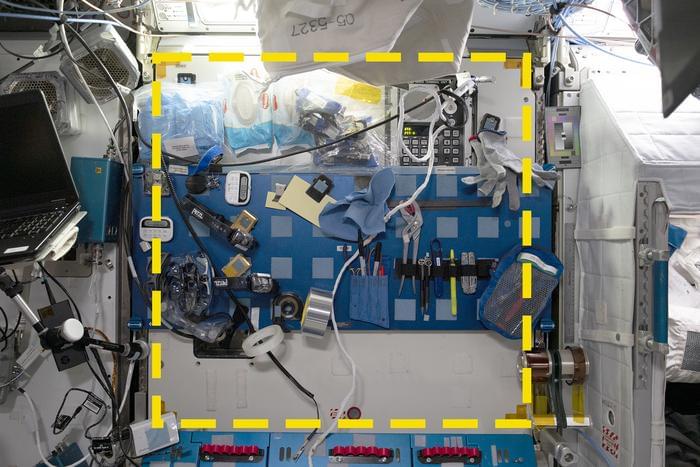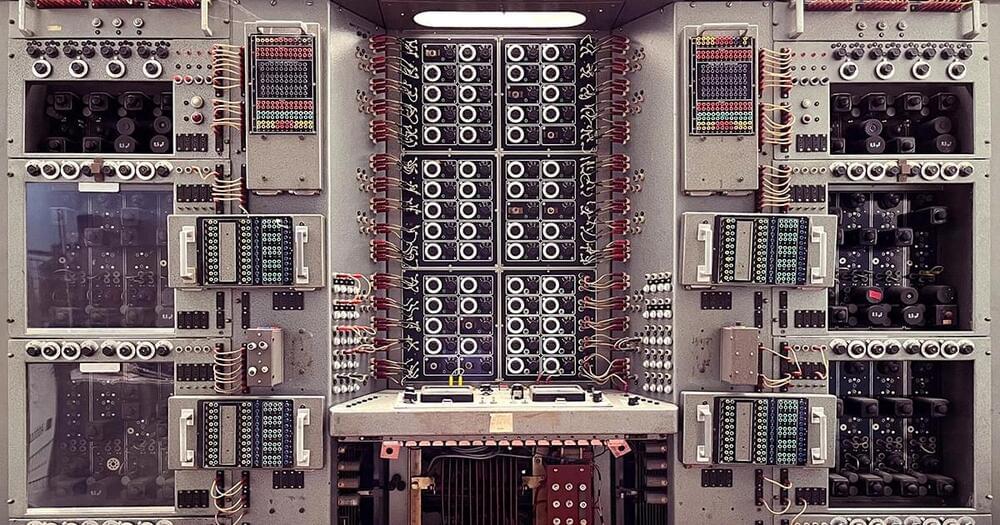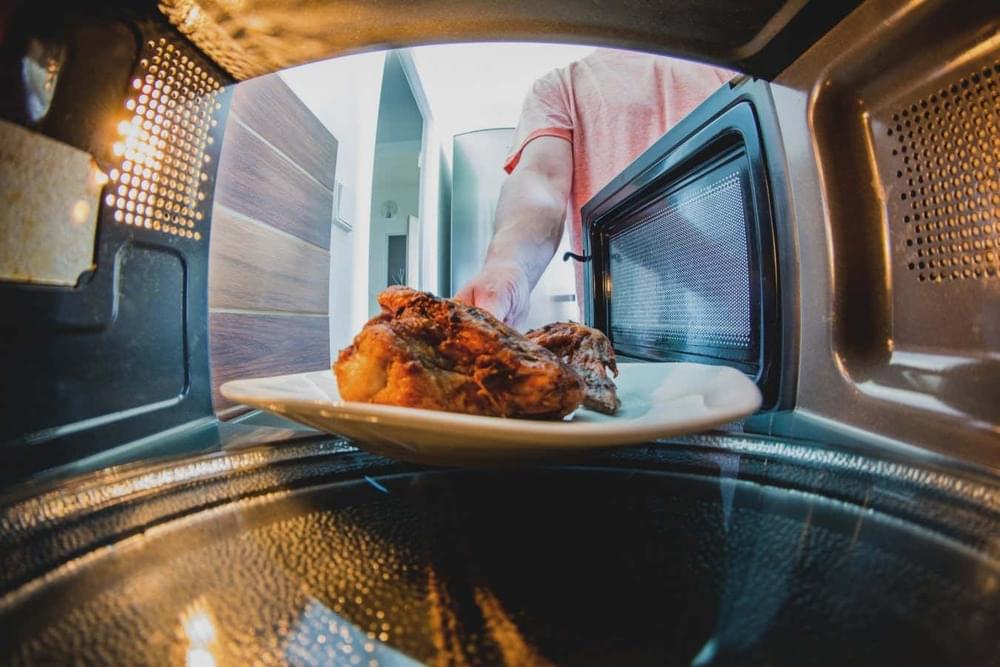
How do astronauts cope with life onboard the International Space Station (ISS) and how can scientists study it? This is what a recent study published in PLoS ONE hopes to address as an international team of researchers used archaeological investigation strategies to ascertain how ISS crew members managed their lives in space, specifically pertaining to the astronauts’ habits of using and storing the various materials onboard the orbiting outpost. This study holds the potential to help scientists better understand how humans cope with living in space for long periods of time, which could be useful for trips to the Moon and Mars, someday.
The study, known as the Sampling Quadrangle Assemblages Research Experiment (SQuARE) experiment, was conducted over a 60-day period between January and March 2022 where six common locations onboard the ISS were designated as “squares”, which is a common archaeology strategy of digging pits to ascertain the most viable areas of further investigation. During the study, the astronauts photographed each square every day to ascertain how they were used, and the researchers would compare that to the location’s original purpose.


















